Affiliate links on Android Authority may earn us a commission. Learn more.
Top 5 HUAWEI P20 and P20 Pro features
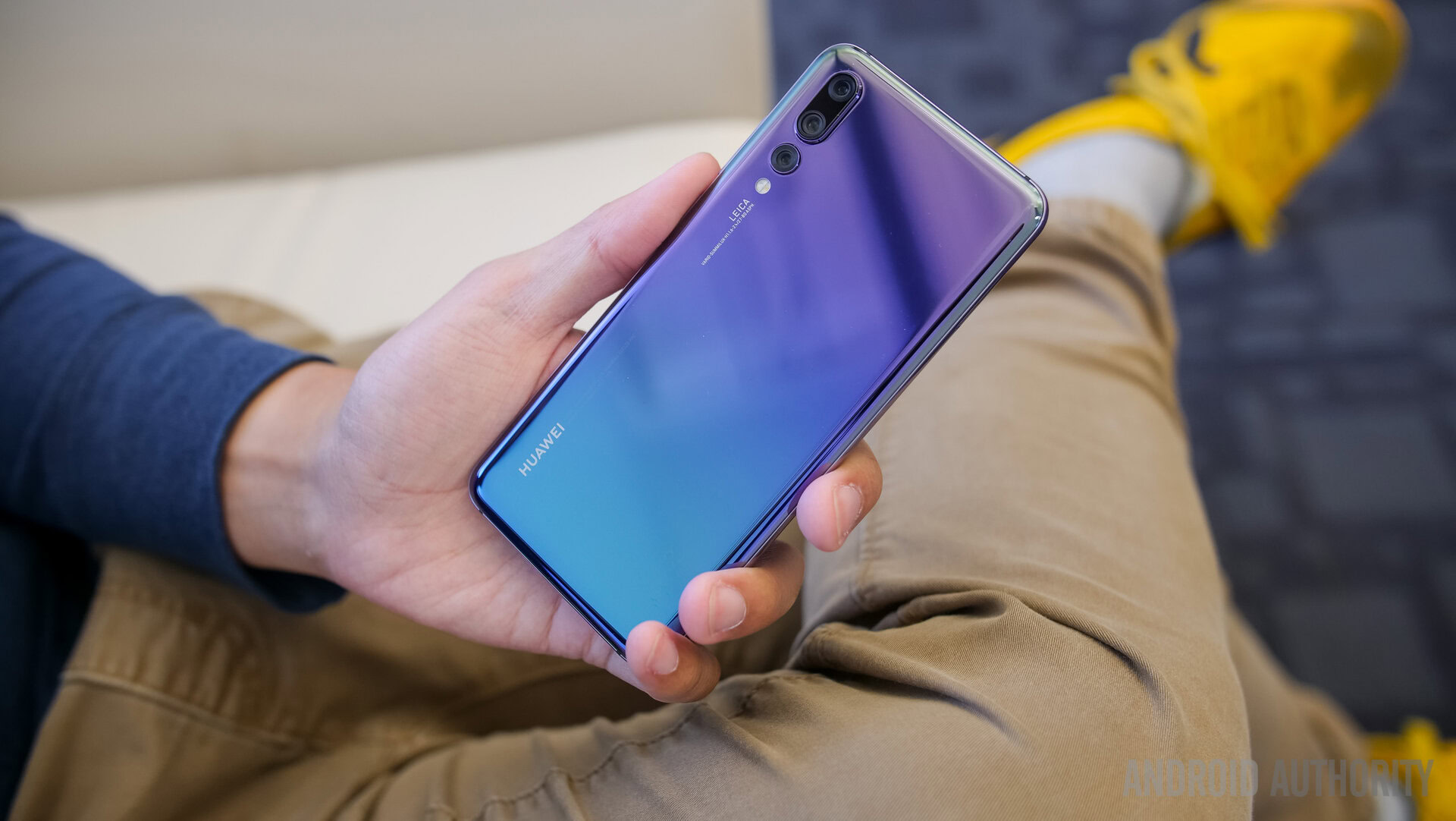
HUAWEI closed out 2017 in impressive form with the Mate 10 and Android Authority‘s Best of Android 2017 winner, the Mate 10 Pro. The Chinese giant is understandably looking to carry that momentum forward this year and that all starts with the HUAWEI P20 and the P20 Pro.
Apparently, these two devices are such a huge leap from the P10 series that HUAWEI needed to double the number, but what makes them so great? Here are our top five HUAWEI P20 and P20 Pro features.
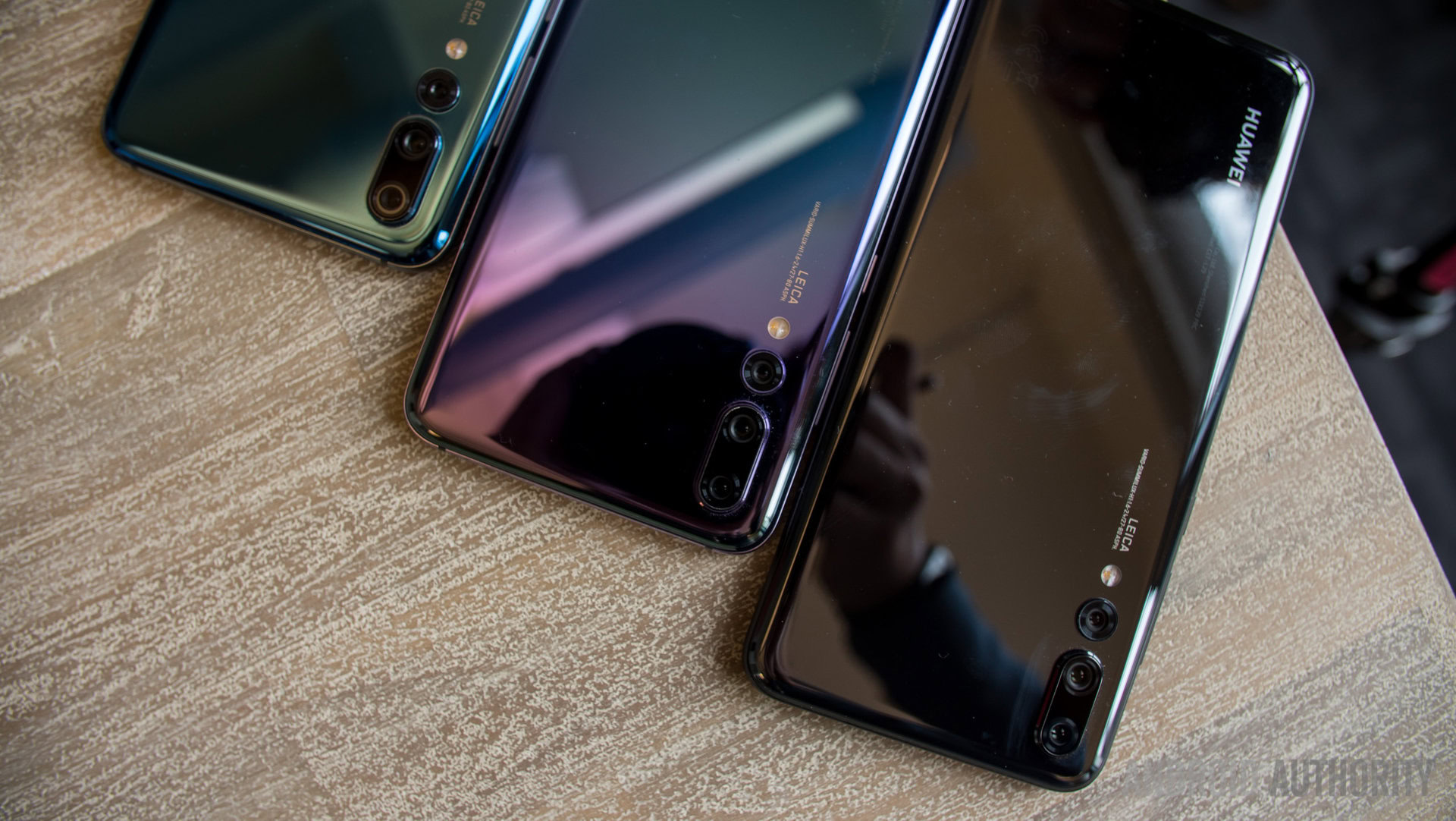
Glass design
When considering the design philosophy for this year’s model, HUAWEI drew inspiration from the way that artists use light to accentuate paintings and other forms of art. It’s hard to argue with the results.
In a notable departure from the P10, HUAWEI outfitted the P20 and P20 Pro with a glass front and back on a curved metal frame. That means the glass camera visor on previous P series devices is gone. Instead, we now have a vertical rear camera setup, with two sensors on the P20 and three sensors on the P20 Pro.
The P20 comes in five colors: midnight blue, pink gold, black, champagne gold, and the real highlight, twilight. The gradient finish ensures the phone grabs your attention from all angles. It really has to be seen in person to truly appreciate.
More: HUAWEI P20 Color Comparison: OMG Twilight!
It’s also really thin. The larger Pro model crams a 4,000mAh battery into a thickness of just 7.8mm.
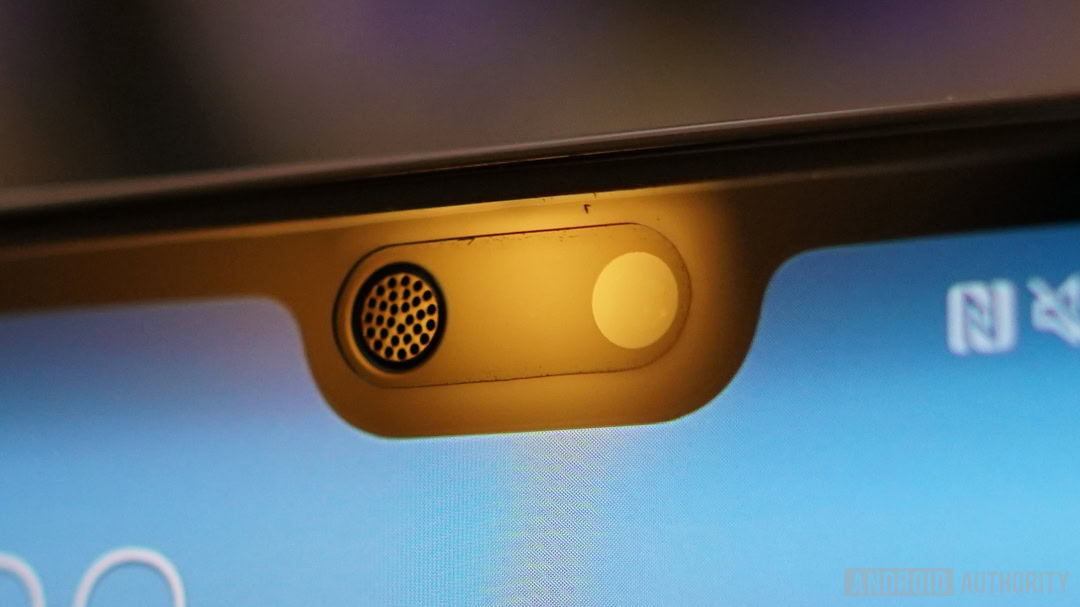
FullView displays (and the notch)
It’s impossible to talk about the phone’s design without touching on the new FullView display and HUAWEI’s potentially controversial decision to adopt the notch.
The P20 is by far the highest profile case of #notchlife on an Android device since the Essential Phone, and it’s all too easy to draw overall visual comparisons to the iPhone X. HUAWEI says it included a notch to maximize the screen real estate, which has been bumped up to an 18.7:9 aspect ratio on both the vanilla P20 and the Pro.
The cutout won’t be to everyone’s taste. In a smart move, HUAWEI included a toggle in the settings menu to effectively remove the notch completely by creating regular notifications bar with the notch hidden in the middle.
The P20 is by far the highest profile case of #notchlife on an Android device since the Essential Phone.
As for the display itself, the P20 sports a 5.8-inch LCD panel with a Full HD+ resolution, while the Pro makes the jump to OLED and clocks in at 6.1-inches. Despite both phones upgrading to the kind of elongated screens we’ve gotten used to in recent months, they retain front-facing fingerprint sensors like those found on the P10.
Whether that’s a problem or not will come down to personal preference. It seems almost as if HUAWEI got so carried away stripping down the top bezel it just kind of forgot about the bottom one.
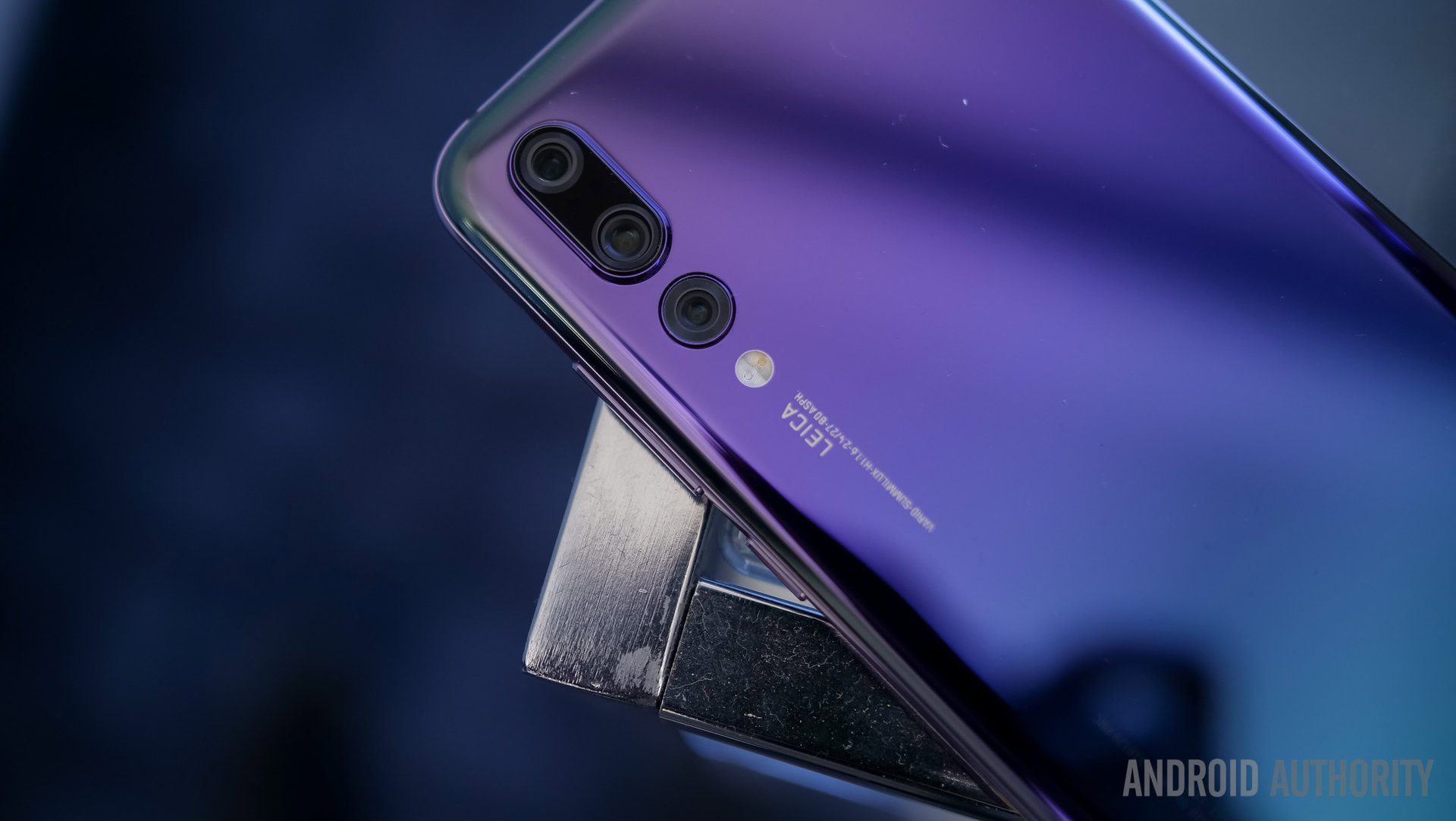
Triple Leica camera
The regular P20 features a Leica dual camera with a 12MP RGB and 20MP monochrome sensor combo, a significant boost over the P10 and the Mate 10 series.
The P20 Pro goes even further, with a Leica triple camera which boosts the RGB sensor up to a whopping 40MP and adds an 8MP telephoto lens. Add the three together and you’ve got a total of 68 megapixels on one phone and a combined ISO rating of 102,400.
More: HUAWEI P20 Pro – World’s first triple camera explained
The P20 Pro’s camera also supports 4D predictive focus for tracking moving objects and boasts the largest pixel size of any smartphone, fusing four pixels into one to create a 2μm pixel size.
The Pro and the standard P20 are also both capable of recording super slow motion video at 960 frames per second in 720p.
5x hybrid zoom
As the name suggests, the five-times zoom exclusively found on the P20 Pro is a hybrid system and not five-times optical zoom. Instead the depth-sensing telephoto lens provides three times optical zoom and combines with the main RGB sensor to capture shots with up to five times magnification.
We’ve tested the maximum hybrid zoom on multiple occasions now and have come away impressed every time. blur is kept to a minimum thanks to motion detection powered by the Kirin 970’s NPU capabilities, while the phone’s 4-in-1 hybrid focus system creates gorgeous shots with rich, vibrant colors and very little noise — even at five-times zoom.
Master AI
The P20 series’ has the same scene detection feature as the Mate 10 and Mate 10 Pro. It adjusts camera settings automatically based on the subject within the frame.
Rather than completely overhaul the feature, HUAWEI worked with professional photographers from around the world to fine-tune the scenes. Say you have a nice spread of cakes. As you ready your shot, the P20 will automatically hop over to a “food” scene.
This time around the P20 is clever enough to know these are desserts, rather than a big slab of meat, and will quietly tinker with the camera settings behind the scenes to best capture the mouth-watering treats.
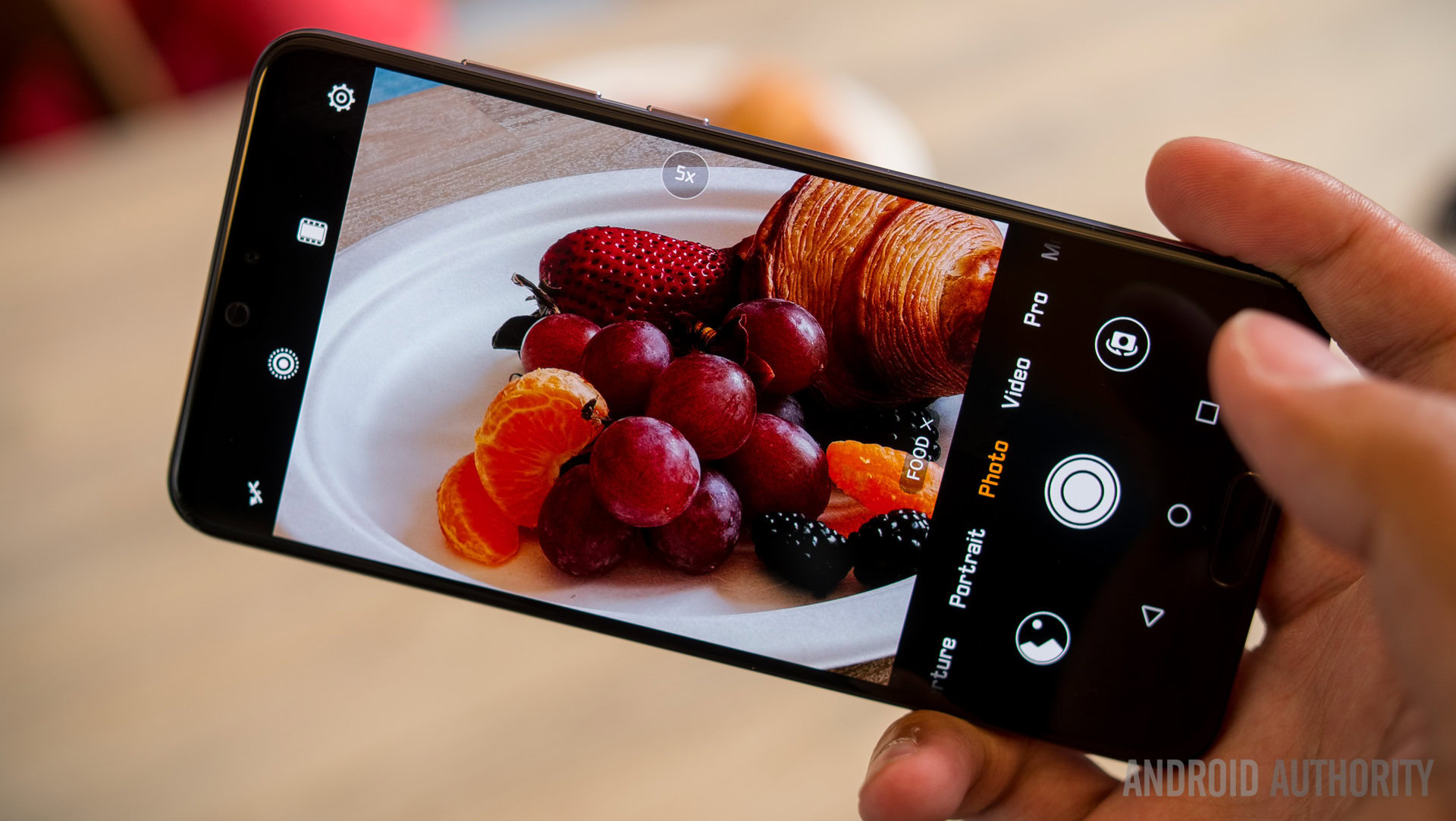
As well as the addition of six new scenes over the Mate 10, the master AI at the core of the phone will also let you know when you need to tilt your aim, move around, or zoom out to fully capture a group shot. In addition, HUAWEI says its AI Image Stabilization technology will enable handheld long-time exposure shots of up to four seconds so you can capture stunning night shots without a tripod.
These are just a handful of the most notable features on the HUAWEI P20 and P20 Pro based on our early impressions. You’ll be hearing more from us on HUAWEI’s latest flagships as we spend more time with the phones ahead of our full review.
What’s your favorite P20/P20 Pro feature? Let us know in the comments and be sure to check out the rest of our HUAWEI P20 content below:
- HUAWEI P20 and P20 Pro: Everything you need to know
- HUAWEI P20 and P20 Pro specs: Triple cameras and notched displays
- HUAWEI P20 and P20 Pro: Price, availability, and release date
- HUAWEI P20 vs Samsung Galaxy S9: All the camera features you could want
- Porsche Design HUAWEI Mate RS: Everything you want at triple the price